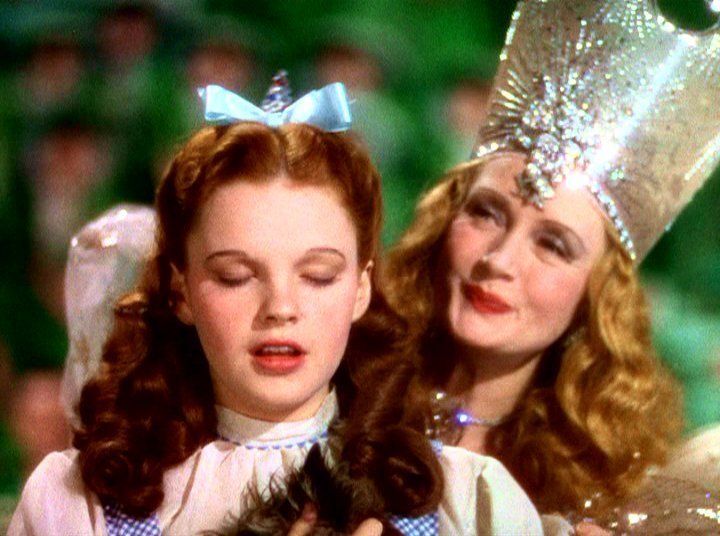Creativity isn’t about making something out of nothing. It’s really about having the eyes to see a hidden truth and bring it to light. Great artists do this when they identify what we all feel, but can’t put into words.
Most leaders wouldn’t describe themselves as artists. They don’t paint on canvases or write poetry. Their medium is the people they lead and serve. Some leaders are master craftsmen of the trade, pouring their hearts into each work of art. Others are more like house painters. They have a job to do. They do it. They get paid.
The “house painter” is a transactional leader. Some call the “master craftsman” a transformational leader. Some call them strengths-based leaders. For now, I’ll call them creative leaders. Below is a definition of a creative leader from an article in The Leadership Quarterly.
A creative leader induces others to focus the process and process skills on meeting their challenges. They become consultants or facilitators in the process of solving the challenge rather than giving orders or doing the work themselves. Having transferred ownership, they then help others to achieve their own goals. These creative leadership skills hardly fit with the traditional management style that most organizations employ, but they can be learned. – Min Basadur, Leading Others to Think Innovatively Together: Creative Leadership
The creative leader isn’t trying to force their people to fit into a mold. They’re not adding a coat of paint or layers of ill-fitting outfits. They’re goal isn’t to transform people into something new. The creative leader has eyes to see the hidden truth in their people and bring it to light. They see the greatness within and draw it out.
This is why great leadership is so attractive. It’s even in the movies we love.
It’s in The Karate Kid, The Wizard of Oz and Harry Potter.
There is a hidden truth within the hero. A leader sees this and brings it to light.
So, how do you improve your creative leadership?
-
See people as individuals.
- Don’t use broad categorizations. Avoid labeling people as difficult, stodgy, eccentric, careless or impulsive. This is especially true for race, gender and age. (Sidenote: can we stop acting like Millennials are in a different category than the rest of humanity?)
- Spend time with people to know them. Tom Peters calls it MBWA: Managing By Walking Around. But don’t just walk, see people as well. Find out what their interests are and what their life is like outside the office. It may seem like unproductive time for you and them, but it provides fodder for understanding how each individual can contribute in exceptional ways.
-
Focus on their strengths.
- Once you know your people better, focus more on their strengths than their weaknesses. You can use StrengthsFinder assessments or another method, but help your people identify their strengths.
- Don’t forget yourself. Leading by example is important. You should be the first one to identify their strengths and be open about what you discover. Leaders who think development exercises are only for lower level workers create a perception of condescension and cynicism.
-
Find opportunities to shed light.
- With the strengths of those around you in mind, look intentionally for opportunities to highlight those strengths. Align projects with individual strengths.
- Don’t be afraid to ask. Offer project opportunities to the group and see who volunteers. This may bring to light additional strengths or interests that would have otherwise remained hidden.
Being a creative leader doesn’t take artistic skill. It requires awareness and empathy, which we all can learn and develop. As you become less of a “house painter” and more of a “master craftsman,” you will see the people around you grow and flourish.
There may be no greater pleasure in leadership than seeing someone who was uncertain and insecure realize the things they’ve always searched for were hiding within themselves the whole time.
Dorothy: Oh, will you help me? Can you help me?
Glinda: You don’t need to be helped any longer. You’ve always had the power to go back to Kansas.
Dorothy: I have?
Scarecrow: Then why didn’t you tell her before?
Glinda: She wouldn’t have believed me. She had to learn it for herself.

